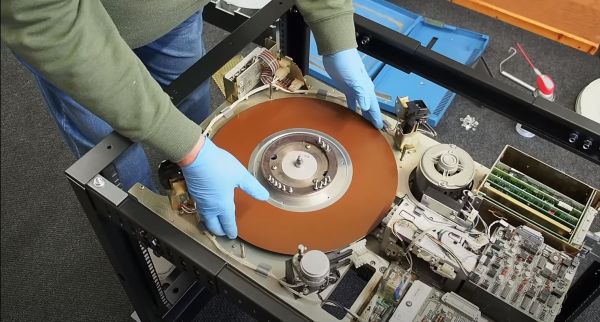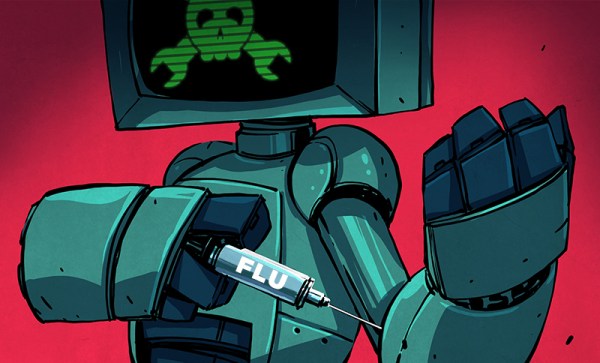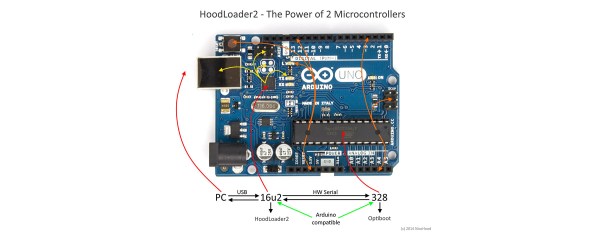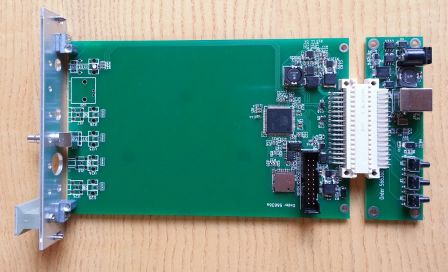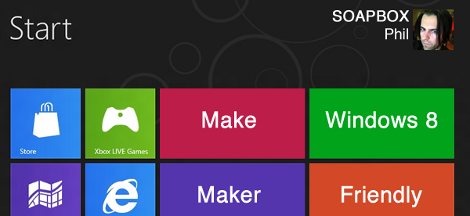Imagine if, somehow, telephones of all kinds had not been invented. Then, this morning, someone entered a big corporation board room and said, “We’d like to string copper wire to every home and business in the country. We’ll get easements and put the wires on poles mostly. But some of them will go underground where we will dig tunnels. Oh, and we will do it in other countries, too, and connect them with giant undersea cables!” We imagine that executive would be looking for a job by lunchtime. Yet, we built that exact system and with far less tech than we have today. But cell phones have replaced the need for copper wire to go everywhere, and now AT&T is petitioning California to let them off the hook — no pun intended — for servicing landlines.
The use of cell phones has dramatically decreased the demand for the POTS or plain old telephone service. Even if you have wired service now, it is more likely fiber optic or, at least, an IP-based network connection that can handle VOIP.


